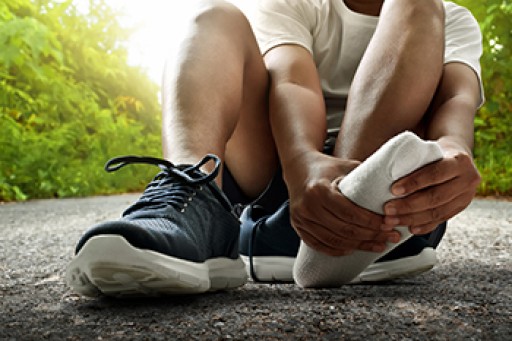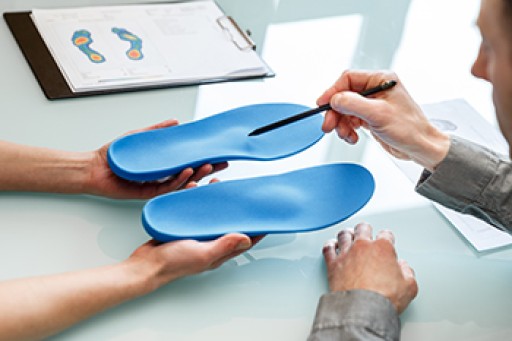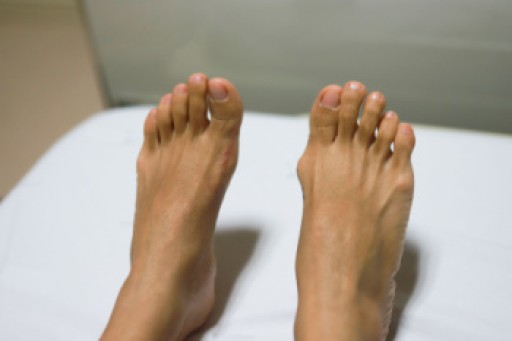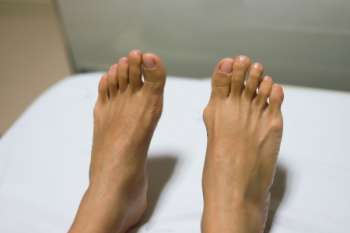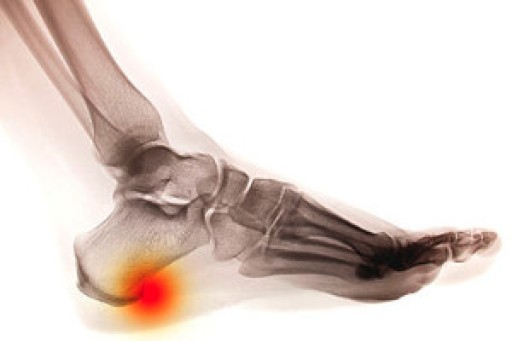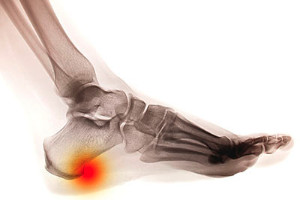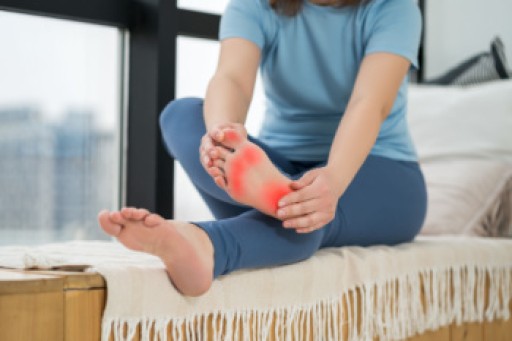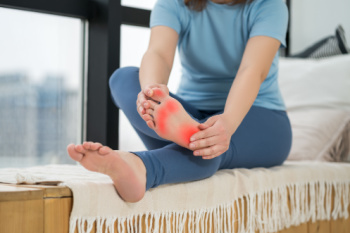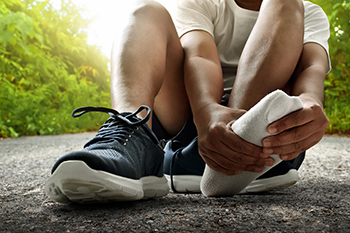
Foot pain can stem from various underlying issues, often linked to specific areas of the foot or ankle. One common cause of foot pain is Achilles tendinopathy, which involves inflammation or damage to the Achilles tendon, leading to pain, swelling, and difficulty moving the foot. Another issue is tibialis posterior dysfunction, where the tendon that connects the calf to the arch of the foot becomes inflamed, causing arch pain and flatfoot. Plantar fasciitis, a frequent cause, results from damage to the plantar fascia, leading to heel pain, especially after rest. Bursitis, caused by inflammation in fluid-filled sacs that cushion joints, can also lead to pain and swelling in the foot or ankle, often increased by wearing tight footwear. Changes in the arch, whether too high or too low, can affect foot posture and may lead to further complications, including tendon strain and joint pain. If you are experiencing foot pain, it is suggested that you schedule an appointment with a podiatrist for an exam, diagnosis, and treatment options.
Foot Pain
Foot pain can be extremely painful and debilitating. If you have a foot pain, consult with one of our podiatrists from Foot & Ankle Centers of Charlotte County . Our doctors will assess your condition and provide you with quality foot and ankle treatment.
Causes
Foot pain is a very broad condition that could be caused by one or more ailments. The most common include:
- Bunions
- Hammertoes
- Plantar Fasciitis
- Bone Spurs
- Corns
- Tarsal Tunnel Syndrome
- Ingrown Toenails
- Arthritis (such as Gout, Rheumatoid, and Osteoarthritis)
- Flat Feet
- Injury (from stress fractures, broken toe, foot, ankle, Achilles tendon ruptures, and sprains)
- And more
Diagnosis
To figure out the cause of foot pain, podiatrists utilize several different methods. This can range from simple visual inspections and sensation tests to X-rays and MRI scans. Prior medical history, family medical history, and any recent physical traumatic events will all be taken into consideration for a proper diagnosis.
Treatment
Treatment depends upon the cause of the foot pain. Whether it is resting, staying off the foot, or having surgery; podiatrists have a number of treatment options available for foot pain.
If you have any questions, please feel free to contact our offices located in Punta Gorda and Port Charlotte, FL . We offer the newest diagnostic and treatment technologies for all your foot care needs.
